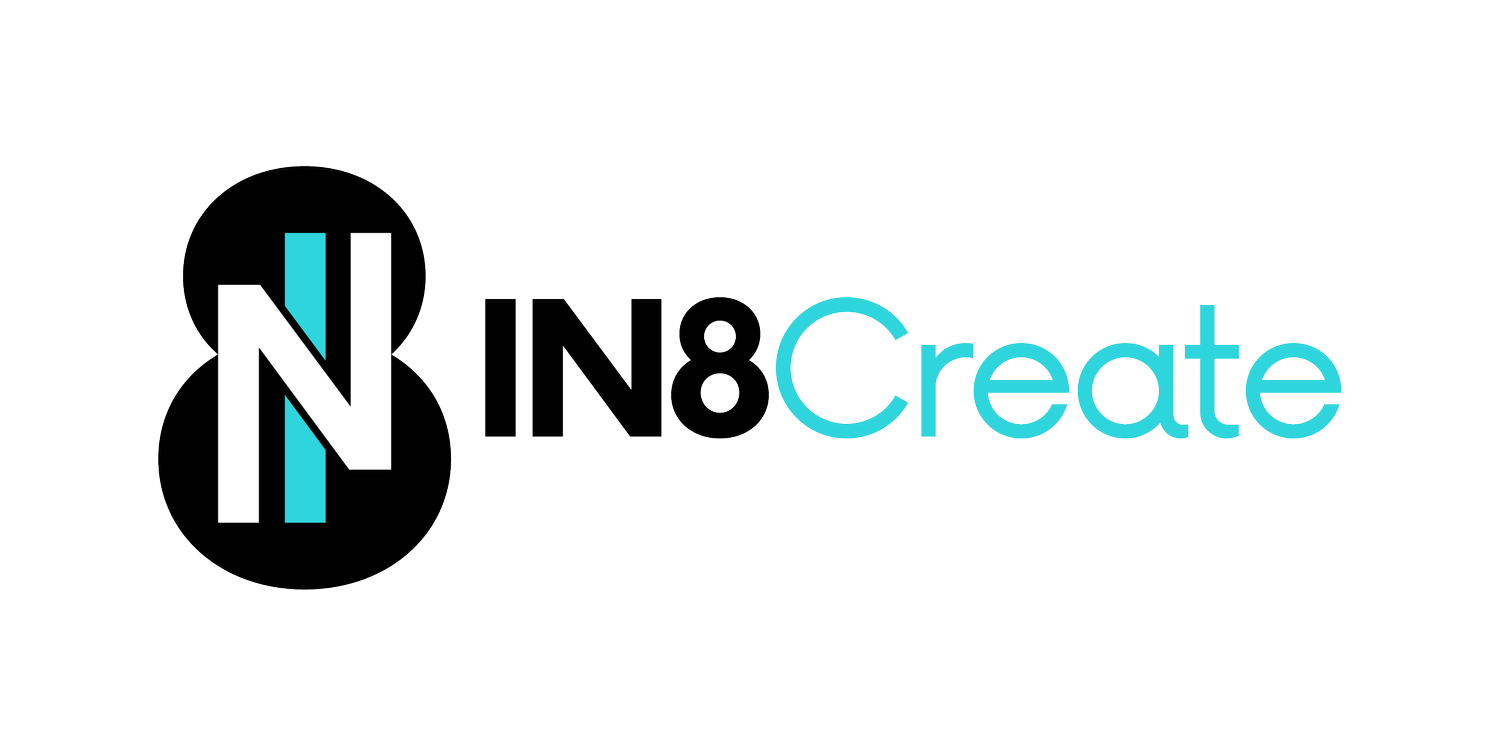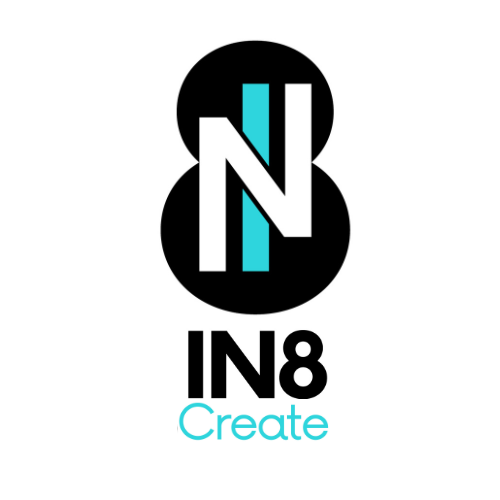Three Methods for Building a High Performing Team
Communication, Empathy, and Celebration are key
Building a high-performing team is the dream of every leader and organization. The very phrase conjures images of a group of dedicated professionals working seamlessly together, driving projects forward, and achieving success after success. However, creating such a team is not a result of luck or coincidence; it's an outcome of strategic actions, patience, and dedication. In this post, we will delve into the methods for building a high-performing team, focusing on communication, empathy, and celebration as foundational pillars.
Communication: The Heartbeat of the Team
Arguably, the most critical aspect of any team's success is effective communication. A high-performing team thrives on transparent, timely, and purposeful communication. It's not just about discussing tasks or reporting status but ensuring every member understands the broader goals, their role in achieving them, and how their work impacts the organization. This clarity removes ambiguity, minimizes the scope for errors, and builds a shared sense of purpose.
Implement regular check-ins and encourage open dialogue. Creating a safe space for team members to voice their concerns, ask questions, or share innovative ideas can foster a positive atmosphere. Over time, this will cultivate trust and a genuine understanding among members, forming the basis of the methods for building a high-performing team.
Empathy: Walking in Each Other's Shoes
In any team, individuals come from diverse backgrounds, each bringing their unique perspectives, strengths, and challenges. Recognizing this diversity and approaching team dynamics with empathy can be a game-changer. Empathy allows leaders and team members to understand the motivations, feelings, and needs of their colleagues. When team members feel understood and respected, they are more likely to contribute proactively and take ownership of their roles.
A practical method to instill empathy in the team is to promote activities that allow members to share their personal stories, aspirations, and challenges. This can be achieved through team-building exercises or casual team outings. Over time, these connections pave the way for mutual respect and understanding, vital components in methods for building a high-performing team.
Celebration: Recognizing and Rewarding Success
Everyone wants their efforts to be recognized and appreciated. Celebrating achievements, whether big or small, not only boosts morale but also reinforces the behaviors and actions that lead to success. When team members know that their hard work will be celebrated, they're more inclined to push boundaries and strive for excellence.
But celebration isn't limited to grand gestures or elaborate events. Even a simple 'thank you' email, a team lunch, or public acknowledgment during a meeting can go a long way in making members feel valued. The key is to ensure that these celebrations are genuine and timely.
Another aspect of celebration is learning. In the methods for building a high-performing team, not every project or endeavor will be a success. However, every outcome, good or bad, presents a learning opportunity. Celebrate the learnings and ensure that the team understands that failures are just stepping stones to eventual success.
Conclusion
Building a high-performing team is a continuous journey, not a destination. By focusing on robust communication, fostering empathy, and celebrating both successes and learnings, leaders can pave the way for creating teams that are not only successful but also deeply connected and motivated. Remember, the strength of a team lies in its members, and the strength of the members lies in the team. So, invest in these methods for building a high-performing team, and witness the transformation in your organization's growth and success.



